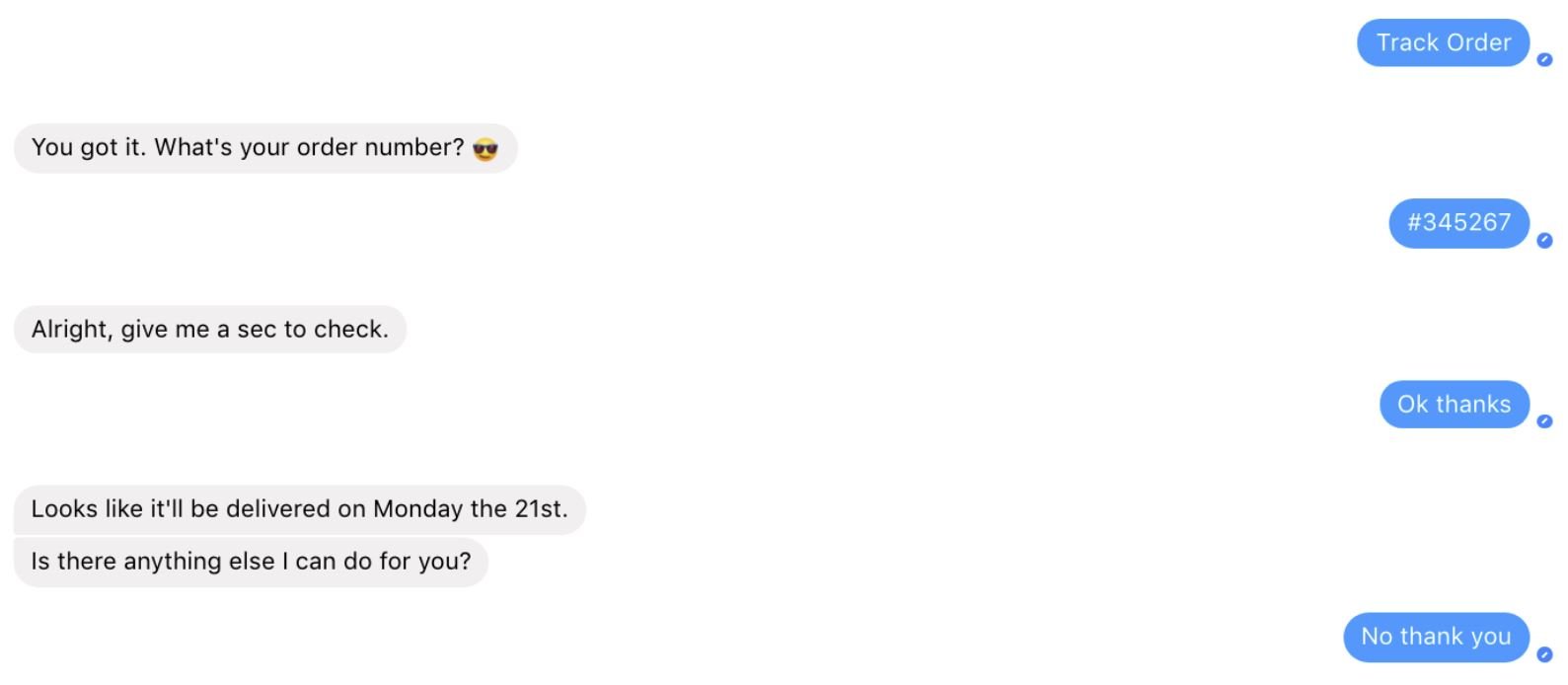A chatbot has emerged as an efficient way to streamline customer service conversations in the last few years. According to a survey by LivePerson, 67% of consumers worldwide use chatbots.
These AI-based assistants automate parts of your online interactions with customers, whether the interactions are issues, queries, or feedback.
Don’t get us wrong. You will still need human support to handle really complex customer tickets. But in many cases, chatbots are capable of having conversations similar to humans, at a significantly lower cost than hiring real people.
Moreover, implementing a chatbot when building an e-commerce website or other online portal has become a breeze, regardless of your level of technical or programming skills. When implemented correctly, chatbots go a long way in satisfying your customers. Let’s see how.
How chatbots improve customer satisfaction
The biggest benefit that contributed to the rise of chatbots, especially over other customer support mechanisms like knowledge bases and FAQs, is their ability to automate conversations without losing the personal touch.
Here’s an example of a quick and simple chatbot interaction:

As per a report from Microsoft, 47% of customers switch to another brand because of poor customer service. So you don’t want your customer service to fall short.
Customers who use a chatbot feel personally tended to, similar to how you feel when an assistant greets you upon entering a physical store. Below we’ll take a closer look at the various ways in which chatbots help improve customer service and boost satisfaction.
Supporting customers through their entire journey
A survey by Hubspot states that 69% of marketers consider converting leads into customers as a top priority.
From being a new website visitor to a loyal customer, there are many stages a customer goes through. At each stage, a customer has different needs. If those needs are not met, they can easily drop off.
A chatbot can be there to help every step of the way. It can engage customers and provide quick solutions to keep them satisfied, gently moving them to the next stage in their journey.
For example, when a customer lands on your website, a chatbot can ask qualifying questions to check where the customer is in their journey and what information they need. Then it can quickly direct them to the right page.
If a prospect needs information about their order, they can refer to a page where they can track the status of their order. Or if they’re looking to learn how to use a specific feature, the chatbot can send them to a tutorial. And so on.
Answering customer queries immediately

Customers want their problems resolved fast. Quick response time can lead to a number of benefits:
- Customers feel important
- Your brand reputation goes up by several notches
- Customers are likely to spend more in future
However, tending to customers right away can be difficult and expensive when you’re relying on human staff alone. That’s one of the main reasons behind the development of chatbots. According to PSFK, 74% of users prefer chatbots when seeking answers to simple questions.
A chatbot improves customer satisfaction by supporting your customers with immediate answers round the clock. It’s there to say hi, start a conversation and give a warm welcome. When a prospect has a question, it can instantly provide the solution.
Unlike human resources, a chatbot doesn’t need to sleep, or to take a break. It will be available to instantly help customers whenever they require it. And it will be able to do all this at less cost.
Even when a chatbot doesn’t have the exact answer, it can at least tell the prospect what their options are to go forward.
Creating personalised experiences
A study found that consumers are 40% more likely to consider products that are suggested based on data they've shared with a brand. Providing a personalised experience is a big part of satisfying customers.
The good news is that chatbots are extremely effective in personalisation too. Chatbots these days are not those impersonal robots you see in movies - the ones which take what is said to them literally. For instance, you may have the assumption that this is the only type of communication that chatbots are good for:
"Welcome to Zappos. How can we help you?"
But that’s not true. A chatbot is capable of this too:
“Hi James, welcome again! Did you get a chance to wear the shoes you purchased last week? We’re sure they looked marvellous on you. What brings you by today?”
Notice the level of personalisation. Modern chatbots are capable of understanding emotions, metaphors, and other facets of human communication.
A well-trained, high-end chatbot will know exactly what to say based on specific scenarios. It can learn from previous conversations and purchase data to improve the quality of its responses and make the prospect feel like the communication is just for them.
Collecting customer feedback
Only one out of every 26 dissatisfied customers brings up a complaint, as per a survey. The remaining customers just move on to other alternatives without a word. Needless to say, it is crucial to encourage customers to raise their concerns and then to listen to those concerns.
Another way chatbots help boost customer satisfaction is by getting feedback through polls and surveys. By using a chatbot, you can get valuable insights on delivering better experiences directly from the source.
Of course, you can ask users to answer survey questions via email and social media. But chatbots are more likely to get prospects to fill the survey and give real-time feedback. Chatbot surveys tackle two big challenges in market research:
- Attracting younger demographics: Responders prefer to engage in live chats over traditional modes of communication.
- High response rate: Because of the chatbot’s conversational behaviour and interactive design, it is less likely to trigger respondent fatigue.
Chatbot surveys can easily assess if customers are satisfied with your business, especially the level of customer support that you are providing them. You can learn about your customers’ needs and expectations and tailor their experiences to improve satisfaction.
Customer satisfaction will always be a top business priority
Regardless of the nature of your business, competition is fierce. Customer satisfaction is a crucial aspect of standing out in the market by supporting customers in any way possible.
Not being able to scale and personalise your customer support at the same time can lead to the loss of valuable customers and revenue.
That’s what chatbots have become essential. With further advancements in machine learning and artificial intelligence, chatbots are here to stay and they are getting better and better with each interaction, understanding what customers say and responding in the most appropriate manner.
They can provide a significant level of support and contribute immensely to your overall growth.
Chatbots are just one example of the tech businesses are investing in over the next 12 months...
In addition to customer engagement and business intelligence software, businesses are also investing in their CRM systems, digital experience, ERP systems, staff communication and more.
This is what we discovered in our latest review of the retail industry. We've broken down the key statistics and using retail as a bellwether, explained what they mean for other industries.
About the author:
Hitesh Sahni is a content strategy consultant, editor, and founder of Smemark, an upscale content marketing studio helping brands and agencies in multiple niches accelerate growth with superior, scalable content writing for 10+ years. Get his 5 essential templates & worksheets to kickstart content creation, free.

